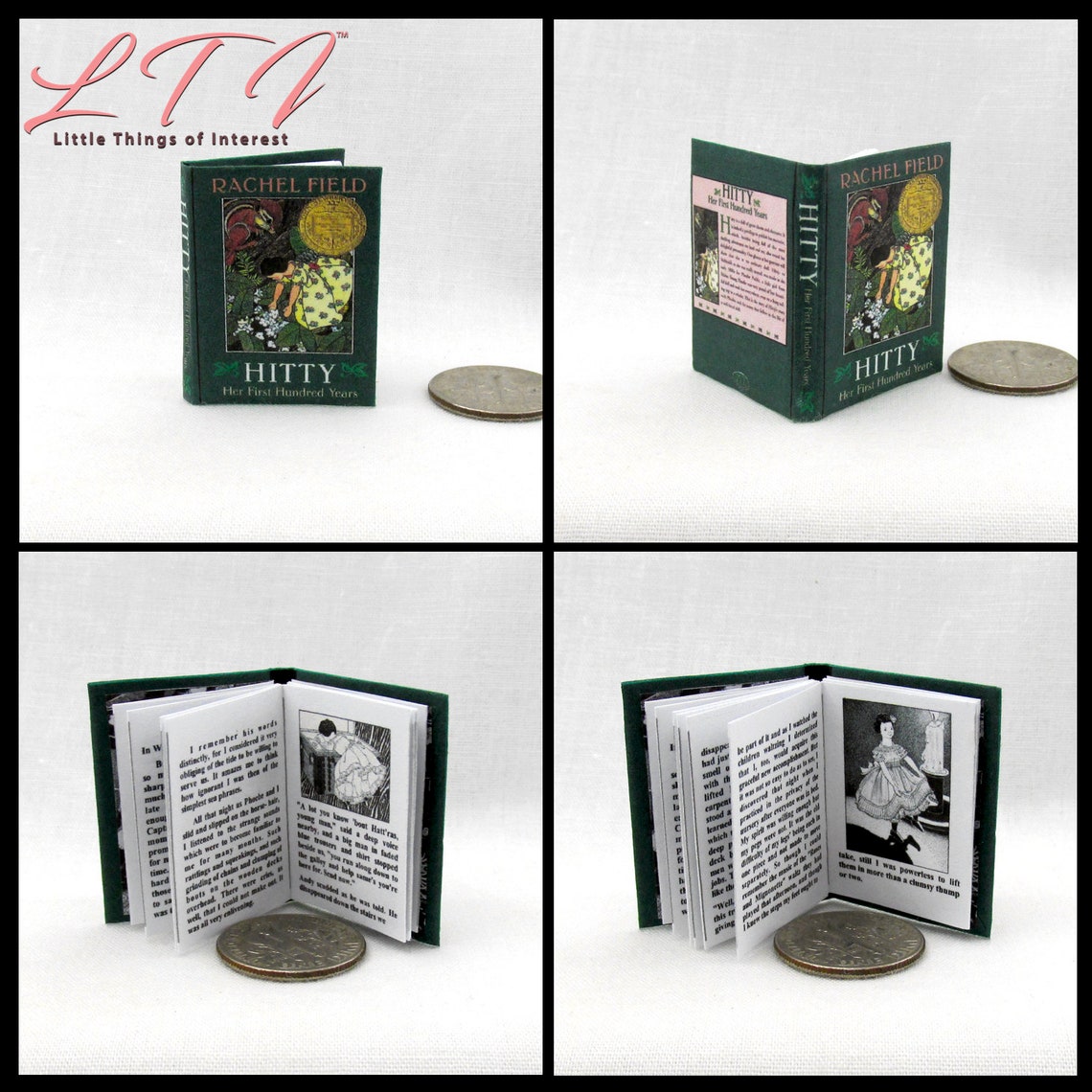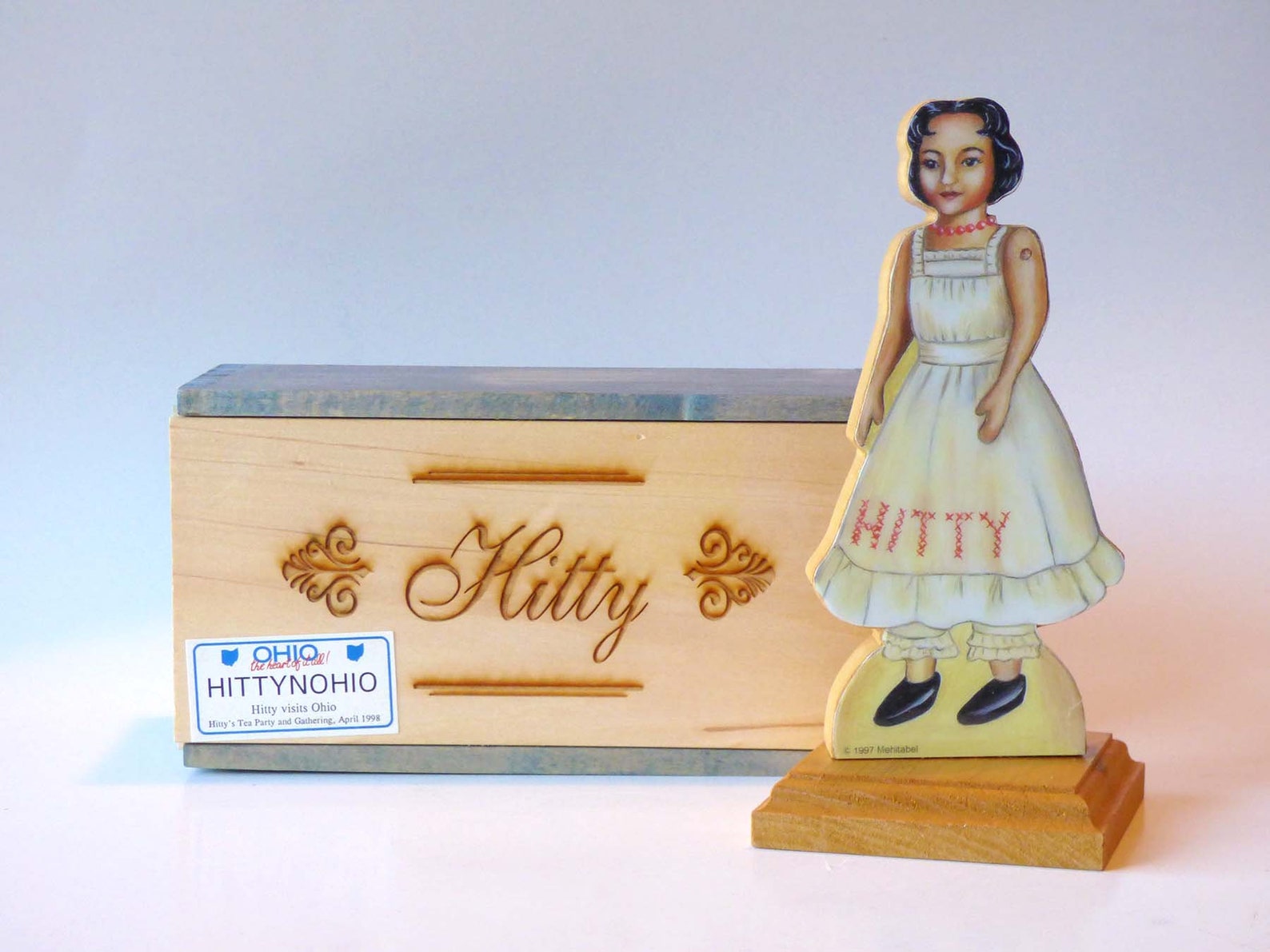

Sometimes she is loved, sometimes she is ignored and sometimes she is treated badly. She travels with a snake charmer, attends the opera, meets Charles Dickens, has her daguerreotype taken, becomes a doll of fashion and sits as an artist's model. From there, she finds her way from a tropical island, to India, to Philadelphia then to New York.

Hitty's adventure begins when she and Phoebe join Captain Preble aboard his whaling ship. Narrated in the first person by Mehitabel, or Hitty, herself, she tells how she went from a sturdy piece of Mountain Ash Wood in Maine in the early 1800s to a carved doll and playmate to Phoebe Preble. The first time I read the story about the antique-shop doll who writes her memoirs, I.First published in 1929, Hitty: Her First Hundred Years won the Newbery Award in 1930. For even though the copyright and permissions are all in order, it's still hard for me to see Field's book as anything other than the creation of an individual mind-and an idiosyncratic one at that. So why does it bother me that Rosemary Wells and Susan Jeffers have attempted to bring a well-loved and award-winning 1929 children's novel to a new generation of readers? For one thing, unlike its folkloric predecessors, Hitty: Her First Hundred Years is not in the public domain. As writers and illustrators turn to folk- and fairy-tale traditions for source material, they simultaneously view the old stories with the fresh eyes of today's culture and bring into the present archetypal stories about the nature of being human. Retelling, updating, and re-illustrating beloved stories of the past have long been practices essential to the development of children's literature. Rosemary Wells Rachel Field's Hitty: Her First Hundred Years illus, by Susan Jeffers 106 pp.


 0 kommentar(er)
0 kommentar(er)
